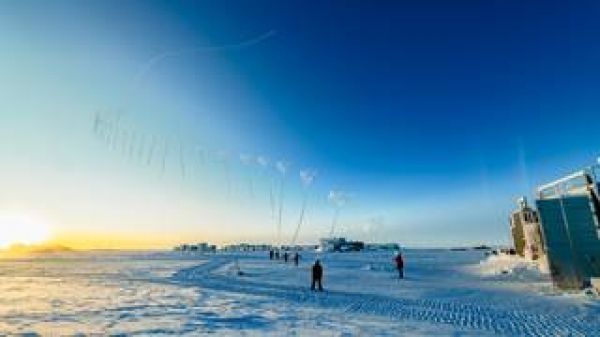The annual Antarctic ozone hole reached its peak size at about 9.6 million square miles (24.8 million square kilometers), roughly three times the area of the continental United States, on Sept. 20. Observations revealed the nearly complete elimination of ozone in a 4-mile-high column of the stratosphere over the South Pole.
The year 2020 will go down as having the 12th largest ozone hole by area in 40 years of satellite records, with the 14th lowest amount of ozone in 33 years of balloon-borne instrumental measurements, the scientists said. Ongoing declines in levels of ozone-depleting chemicals controlled by the Montreal Protocol prevented the hole from being as large as it would have been under the same weather conditions decades ago.
“From the year 2000 peak, Antarctic stratosphere chlorine and bromine levels have fallen about 16% towards the natural level,” said Paul A. Newman, chief scientist for Earth Sciences at NASA's Goddard Space Flight Center in Greenbelt, Maryland. "We have a long way to go, but that improvement made a big difference this year. The hole would have been about a million square miles larger if there was still as much chlorine in the stratosphere as there was in 2000.”
Continue reading at NASA Goddard Space Flight Center
Image via NASA Goddard Space Flight Center


